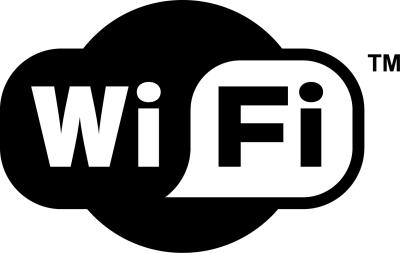We are familiar with 802.11a, b, g wireless technology which has been widely deployed in hotspots or home as a LAN (Local Area Network) connectivity. Even some of us have already moved to 802.11n with higher data bandwidth as an improved version utilizing MIMO (Multiple-In Multiple-Out) technology. While all these offer wider network coverage with higher data throughput, it also create a non-environmental friendly condition when such a huge power is being drawn during continuous wireless transmission on the air. In considering such condition, IEEE community has drafted a next generation Wi-Fi standard that is mainly focused on maintaining a green environment by reducing power wastage on the air.

The preliminary work on this standard was started since 2004. Although it is expected to be completed by 2010, but some solid features especially emphasizing on power saving has already been defined. One of the most attractive features include a wireless Network Management Sleep Mode that enable longer hibernate duration of a wireless device for greater power saving as compared to conventional router or wireless devices. Besides ability of putting the wireless networking device into idle mode, the protocol is also capable to wake it up any 802.11v compliance products through “Wake on WLAN” wirelessly without user intervention.
Others than power saving features, it also features with new station management features that strengthen network performance and eventually enhances the security and emergency services. Hopefully it wouldn’t take too long for the industry to come out with an actual 802.11v compliance products in short future.